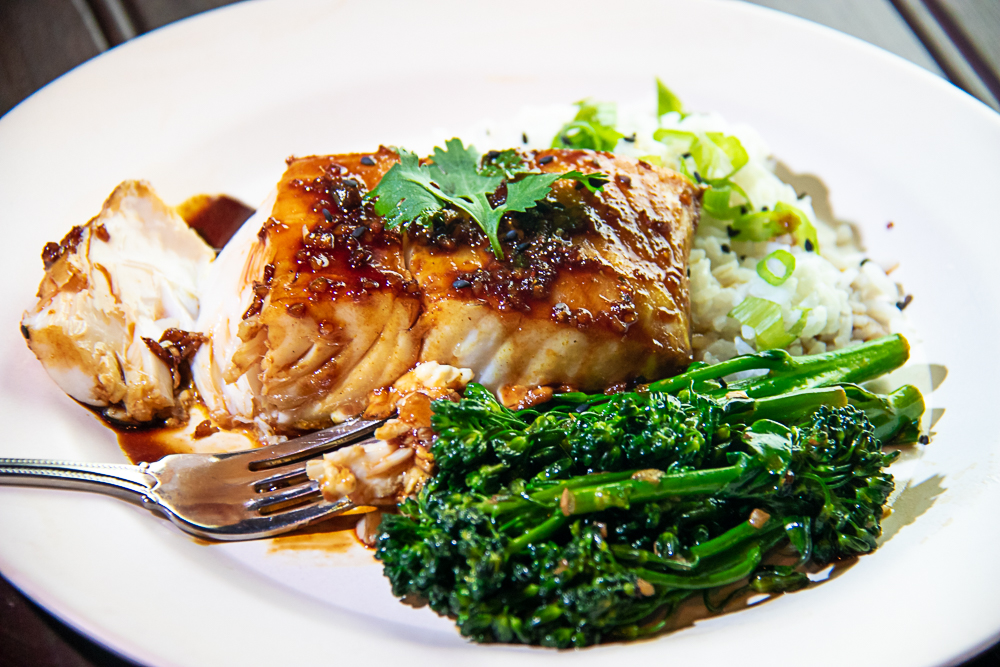
Get ready to take a bow—this dish of Asian baked halibut will bring in compliments from everyone who tastes it. (Even those people who are skeptical about eating fish will enjoy this recipe.) Easy to make with just a few ingredients, this is a great starter meal to build your Asian pantry. Plus, it’s very showy—a great company meal. While it bakes in the oven, you are able to make the rest of the meal. And if you need even more convincing to try this recipe, the awesome Asian sauce thickens on its own in the oven. All you have to do is baste it over the fish and then modestly accept the compliments and adoration of those who are dining with you.
Serve the fish and its fabulous sauce with stir-fried vegetables. I love the bright color of broccoli—if you’re feeling adventurous, try its more exotic cousin, broccolini which is a tad bit sweeter and a bit milder in taste. Steam some white or brown rice, and that’s dinner. Food can be on the table in 30 minutes.
Characteristics of Halibut
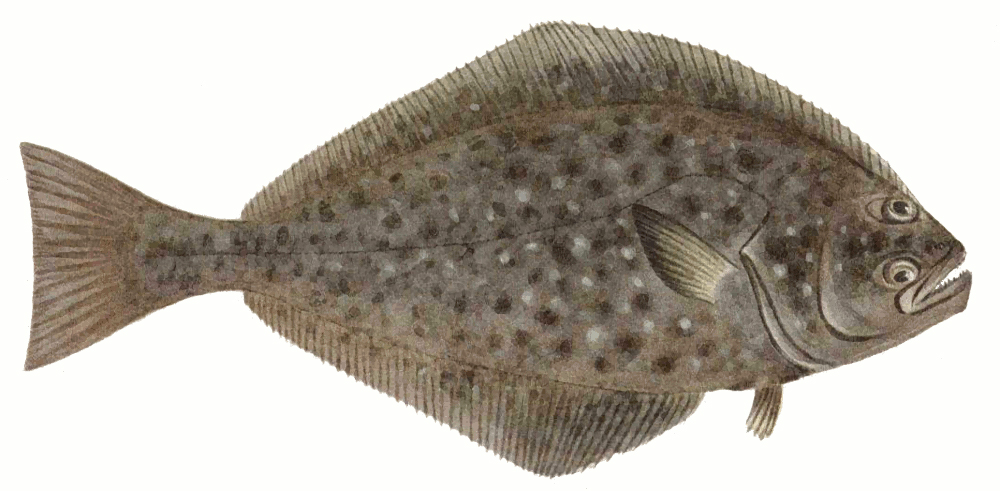
The halibut is a flatfish (as opposed to a sleek more rounded tubular fish like salmon or tuna). Notice both eyes are on the one side. And while it looks wacky, flatfish make very good eating. It has a white flesh that is firm and flakes when cooked. The flesh is sweet and slightly meaty, which makes it a good fish to try for those who are hesitant about fish. If you can find fresh halibut, definitely pay the extra cost. While not in the expensive price range of swordfish and tuna, it is a mid-price fish. Expect to pay in the range of $25/lb for the fresh fish, though there are certainly regional variations in price. If you want to get the frozen fillets instead, bear in mind it will be much easier to overcook, and the flesh is dense and less moist than fresh halibut.
Your Asian pantry
This recipe does use several Asian ingredients that you may not have on hand. Each is a staple that you will reach for over and over.
Hoisin sauce is commonly referred to as Chinese ketchup and is used in sauces or on its own for dipping or drizzling. It should be kept in the refrigerator after opening.
Toasted sesame oil is a finishing oil and has a very pronounced flavor. It is not used to cook things in, but added in a sauce or at the end to give flavor and silkiness to a dish.
Fish sauce has an odor that may seem overpowering, but it seasons with an umami taste that is briny, salty, and savory and doesn’t taste like fish. Don’t be tempted to leave it out. Only a little is needed at a time and it lasts forever in the pantry.
Dark soy sauce is soy sauce that has been aged longer than regular or light soy sauce. It also has molasses (or some type of caramel flavoring) added. It is thicker and has a sweet note to it. Dark soy sauce gives food a darker color and deeper taste than regular soy sauce. Most grocery stores carry it in the Asian aisle. It is a worthwhile addition to your Asian pantry (it doesn’t need to be refrigerated) and can be used in making many different sauces.
Each of these sauces is fundamental to many Asian recipes. They are commonly available in the ethnic aisle of most grocery stores or can be found in any Asian market. These are not one-time use ingredients that will languish in the fridge or pantry—get to know the tastes and versatility of each, and stay tuned for more recipes besides this Asian baked halibut that will use them.
Print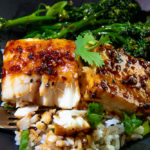
Asian Baked Halibut
- Prep Time: 10 minutes
- Cook Time: 12 minutes
- Total Time: 27 minutes
- Yield: 2 1x
- Category: fish
- Method: baked
- Cuisine: Asian
Description
A show-stopping dish that is easy to prepare and bake in the oven. The Asian sauce thickens and becomes the perfect accessory to the fish.
Ingredients
- 2 halibut fillets (about 6 ounces each)
Asian Sauce
- 1 teaspoon sesame oil
- 3 tablespoons honey
- 1 tablespoon dark soy sauce
- 1 tablespoon fish sauce
- 1 tablespoon hoisin sauce
- 2 teaspoons soy sauce
- 2 teaspoons brown sugar
- 1 teaspoon lime juice
- 1 teaspoon fresh ginger, grated
- 1 clove garlic, minced
- 2 green onions, finely sliced
- 1 teaspoon fresh lime zest
- Cilantro for garnish
Instructions
- Preheat the oven to 400°F. Line a baking pan with parchment or foil for easy clean up.
- Pat the halibut fillets dry and arrange fillets, skin side down, on the baking pan with 2” around each fish piece.
- Mix the ingredients for the Asian sauce in a small container and stir well to combine.
- Carefully spoon the Asian sauce over the fish pieces (it will pour off the sides and pool around the fish).
- Arrange the baking dish on the oven rack, being careful not to spill, and cook for 10 minutes.
- Open the oven and baste the fish with the sauce that has pooled around the fish (it will be thicker and somewhat sticky now it’s been in the oven).
- After another 2 minutes of cooking, remove the baking pan from the oven and let the fish rest for 5 minutes.
- Transfer the halibut to a serving tray and spoon all the thicken sauce that has pooled on the parchment onto the fish. Sprinkle with lime zest and green onion slices.
- Garnish with cilantro leaves.
- Serve with rice to soak up the extra sauce.
Notes
Look for halibut fillets that are of even thickness, between 3/4” to 1“ thick. If your fillet is thicker, you will need to increase the total cooking time.
Replace the dark soy sauce and soy sauce with tamari if gluten intolerant.
If you are comfortable working in a hot oven, place the baking pan in the oven before spooning the sauce on the halibut fillets.
Nutrition
- Serving Size: 1 fillet

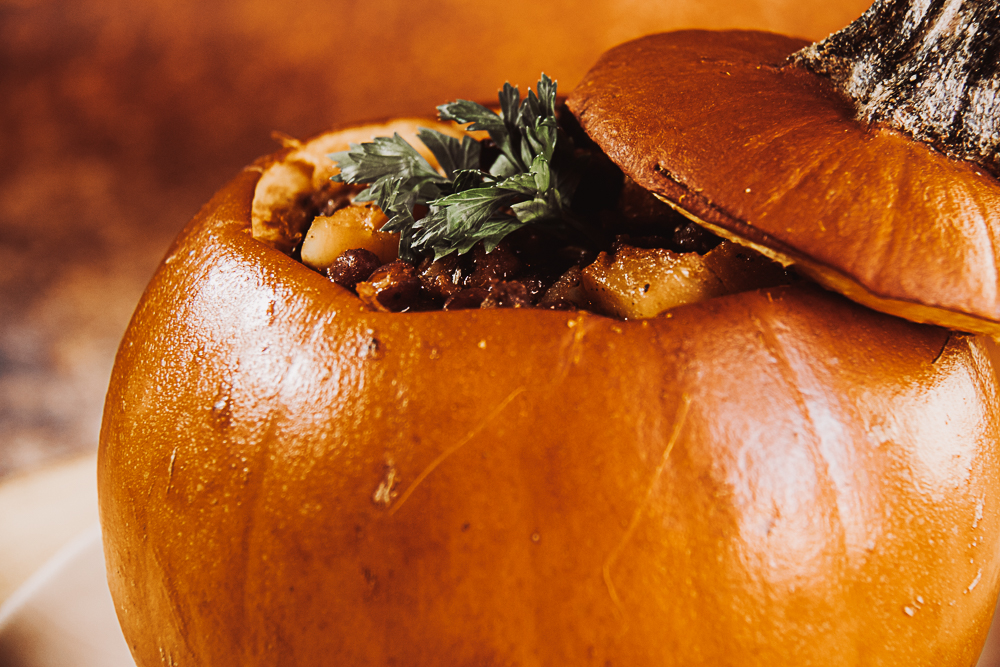
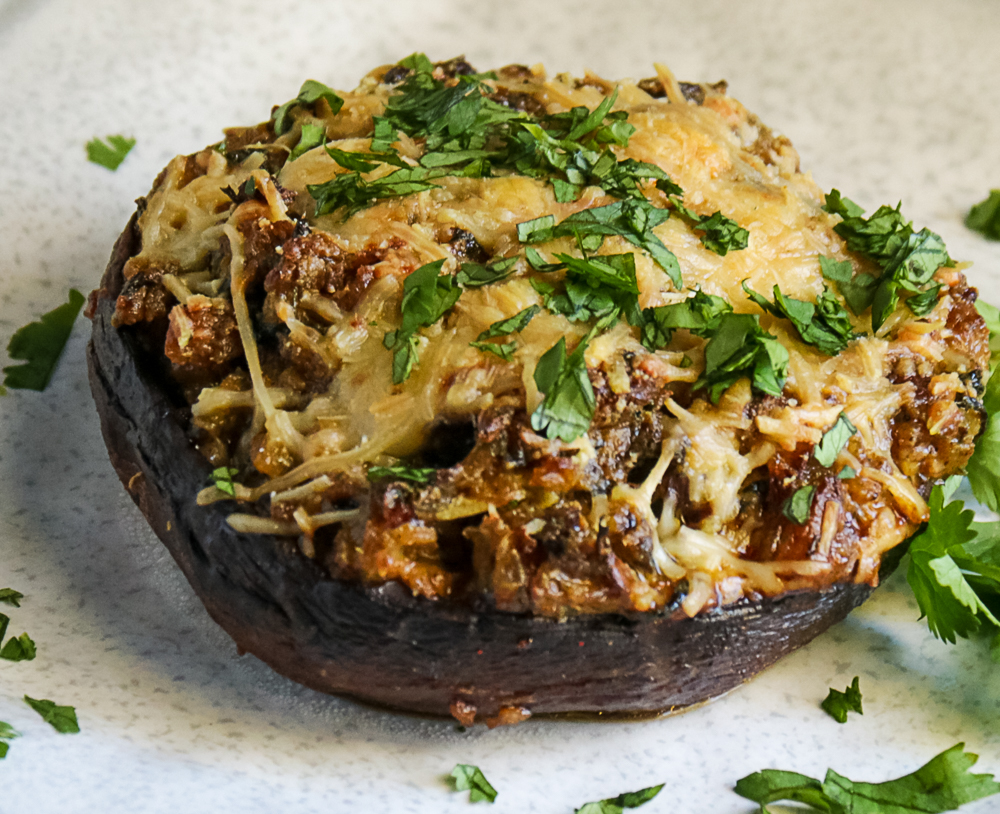
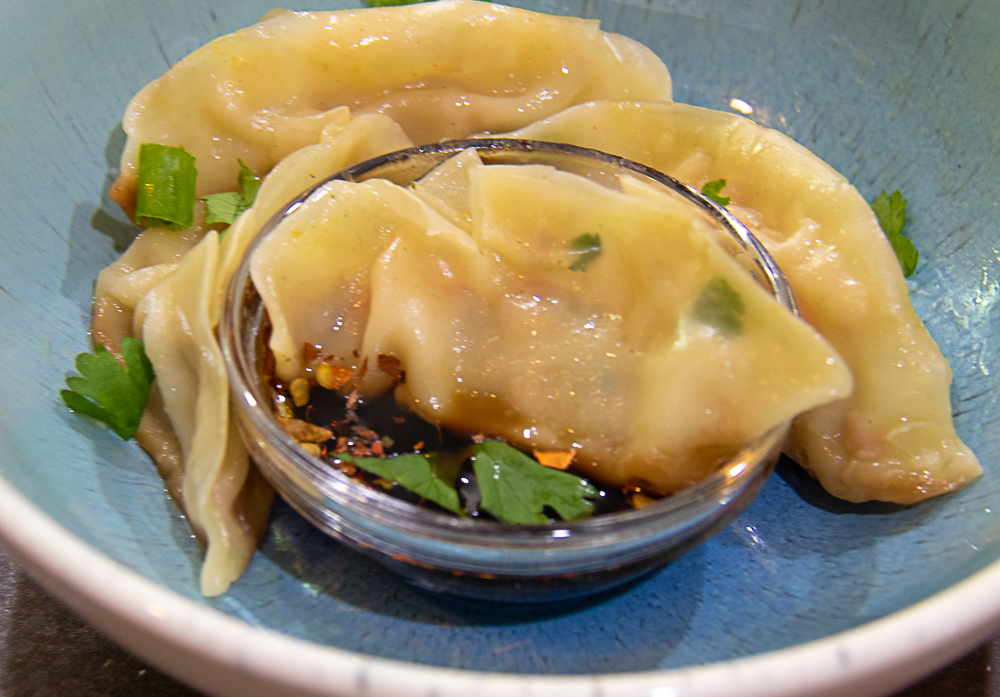
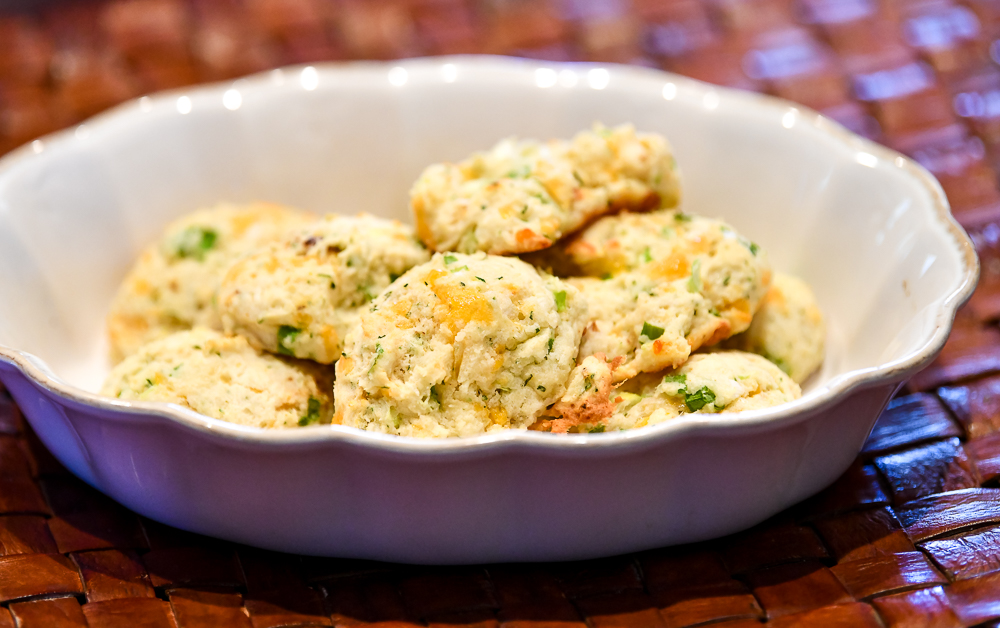
Leave a Reply